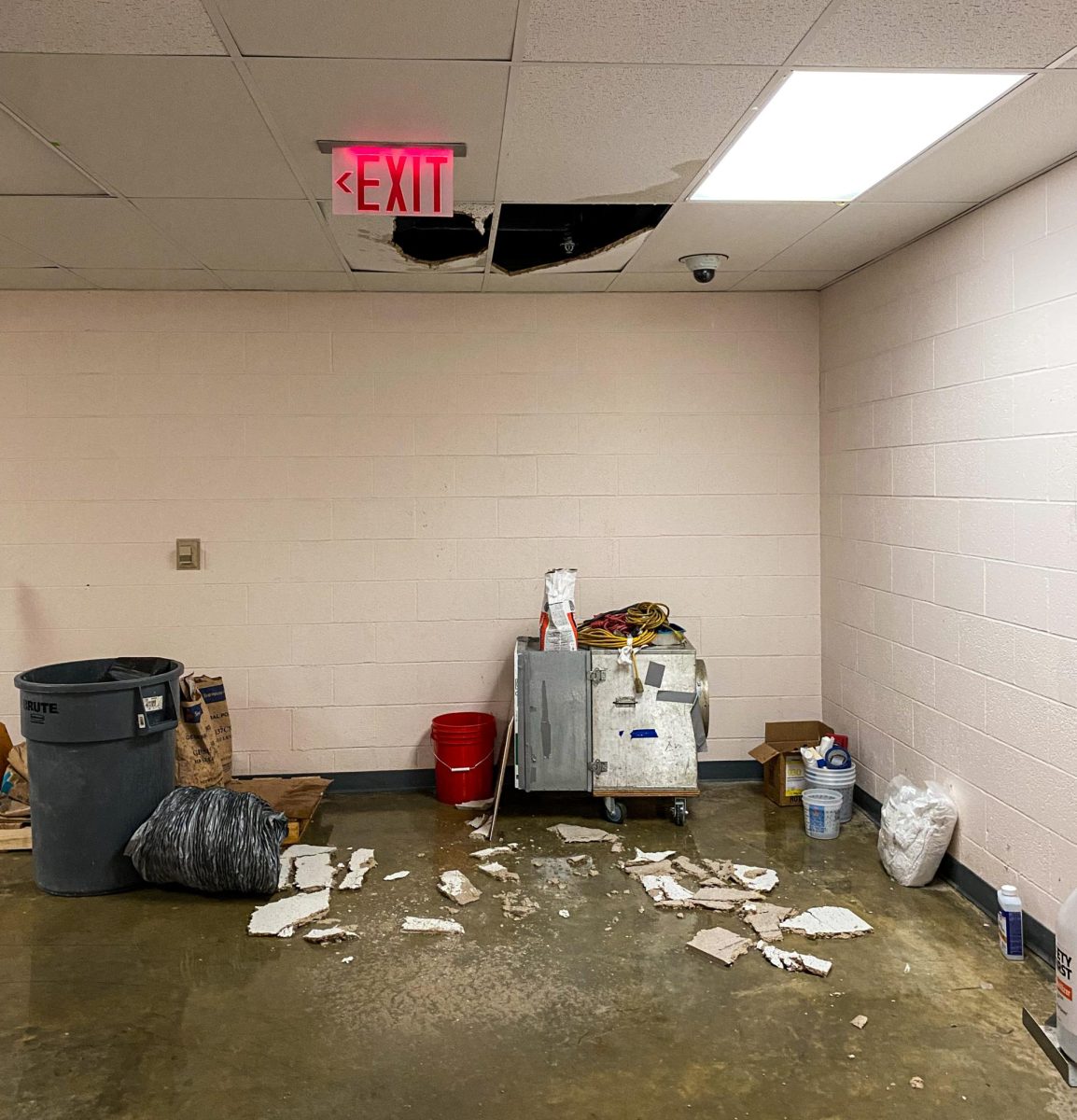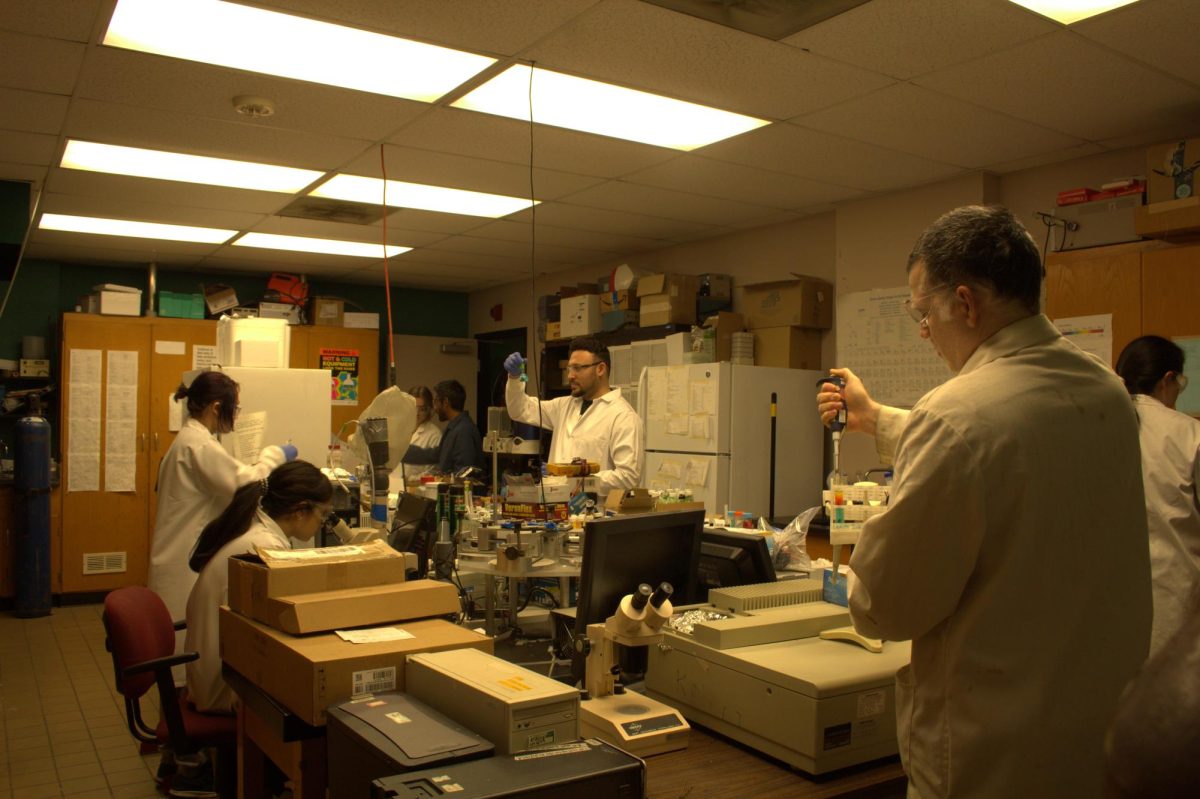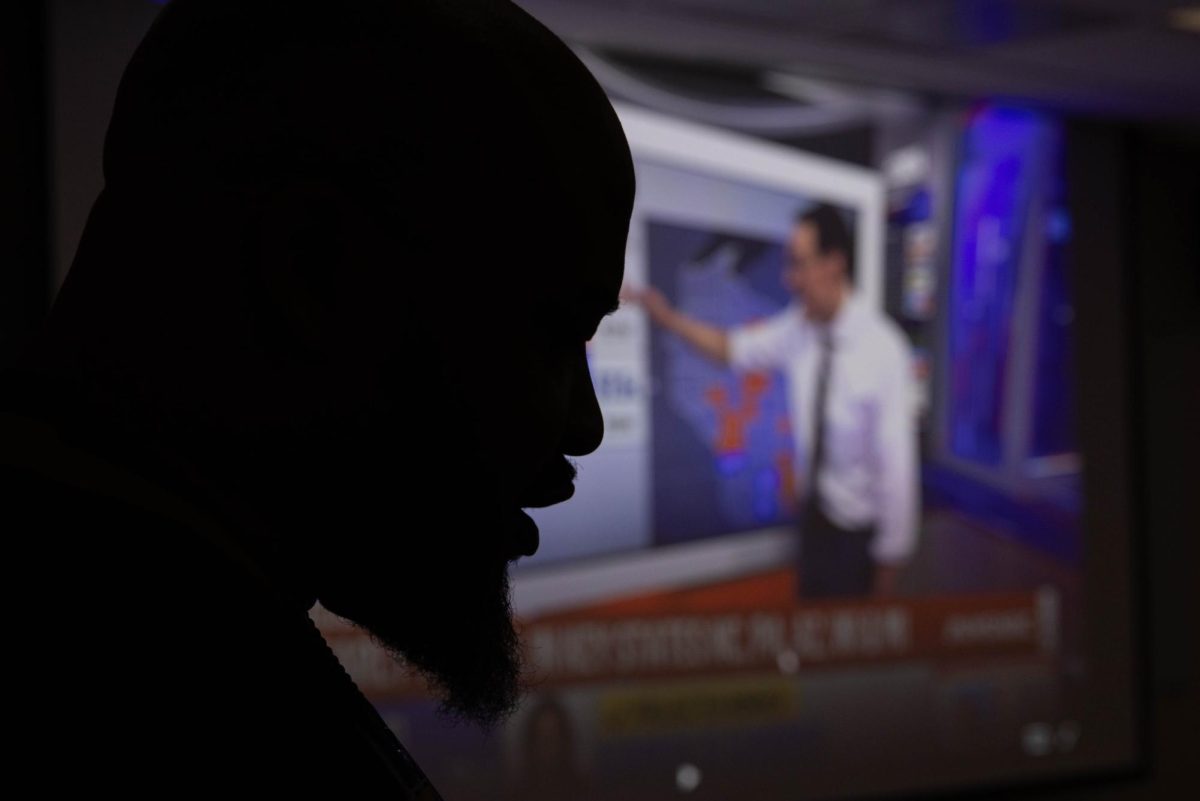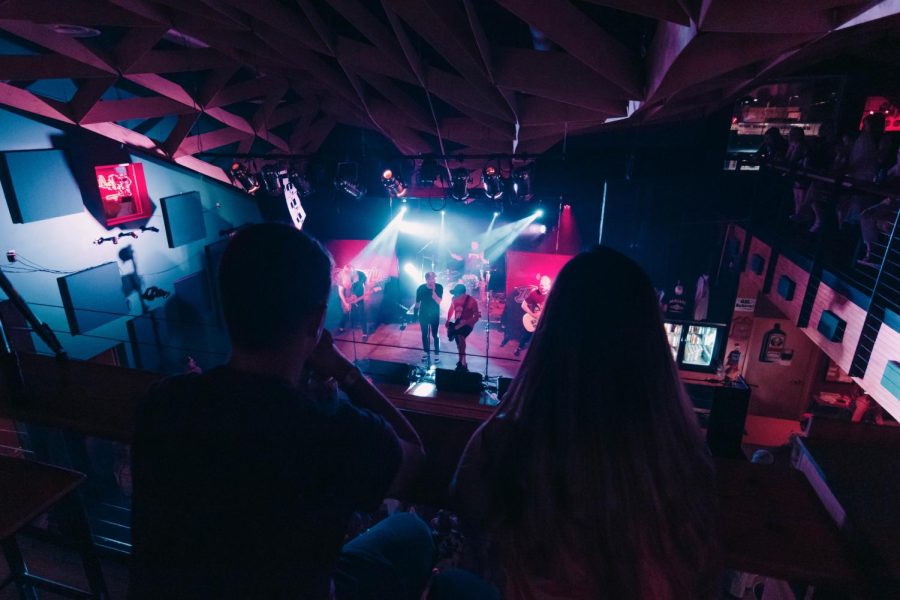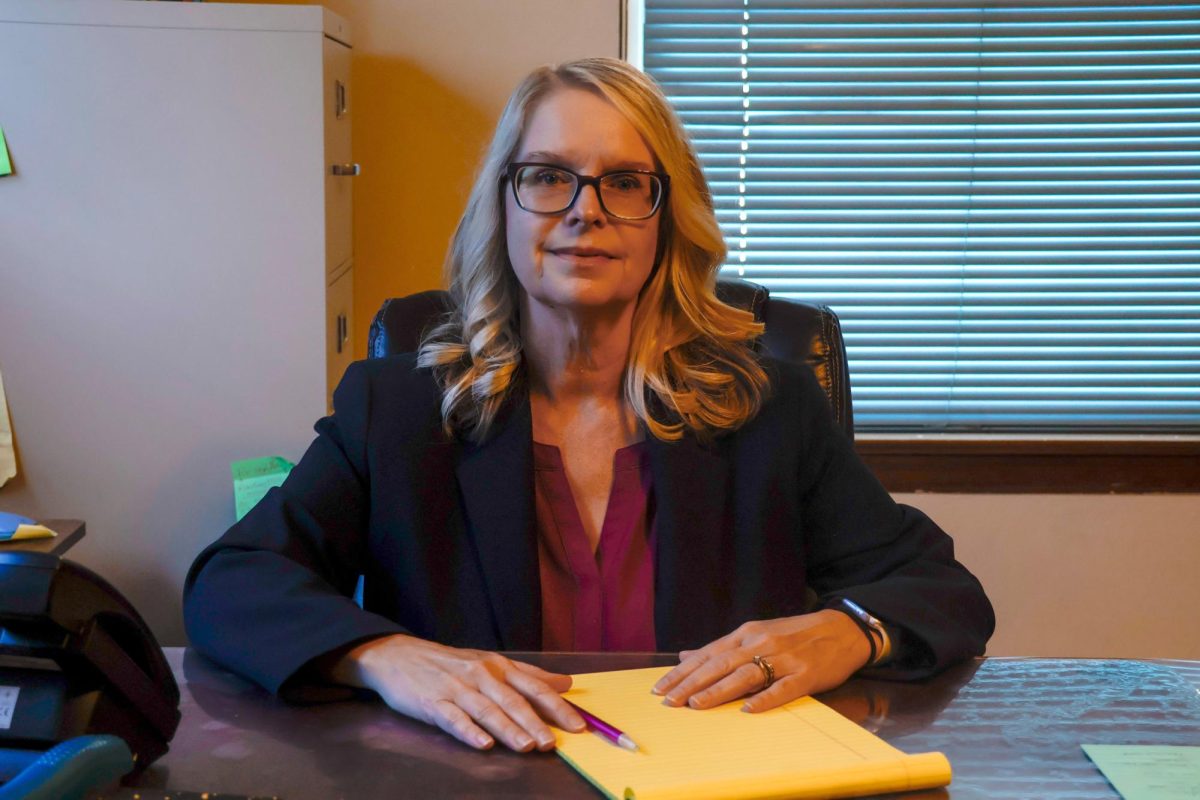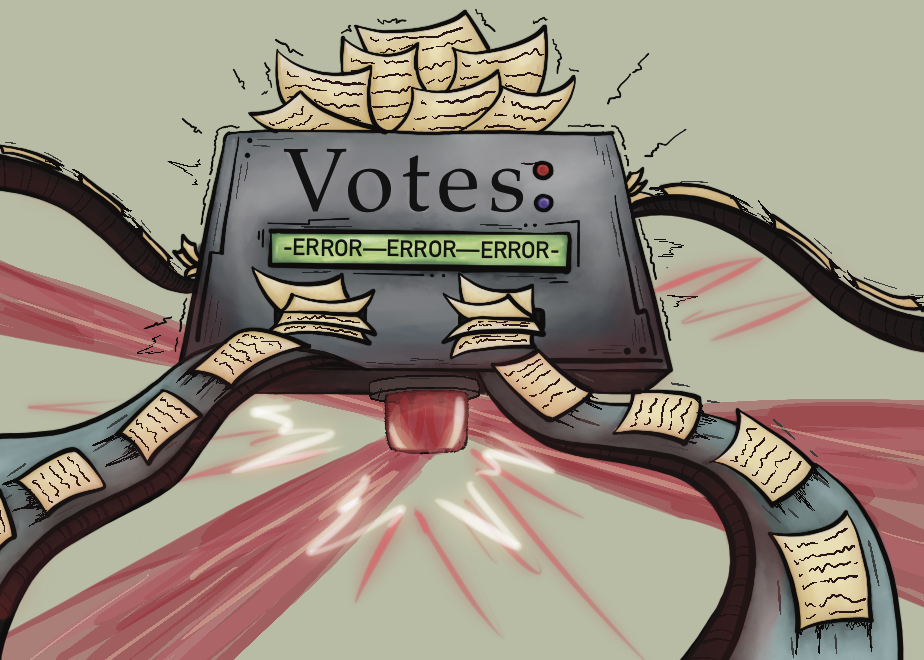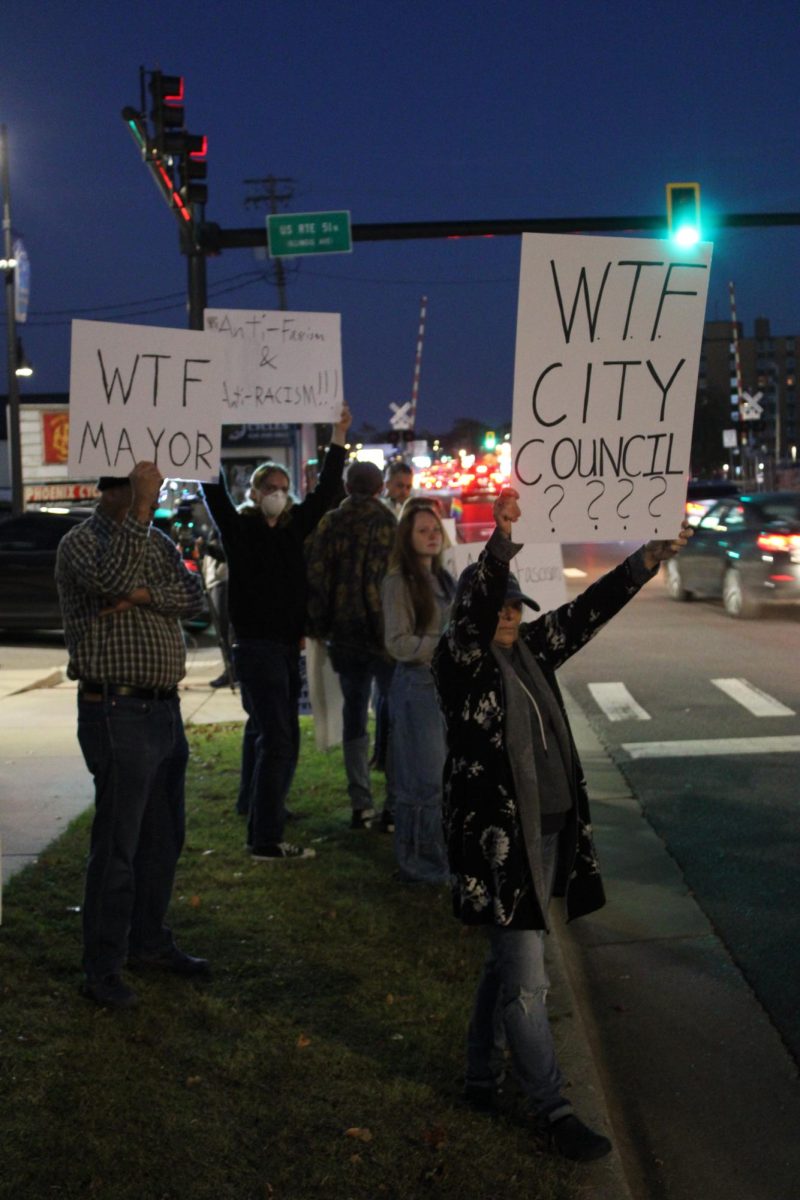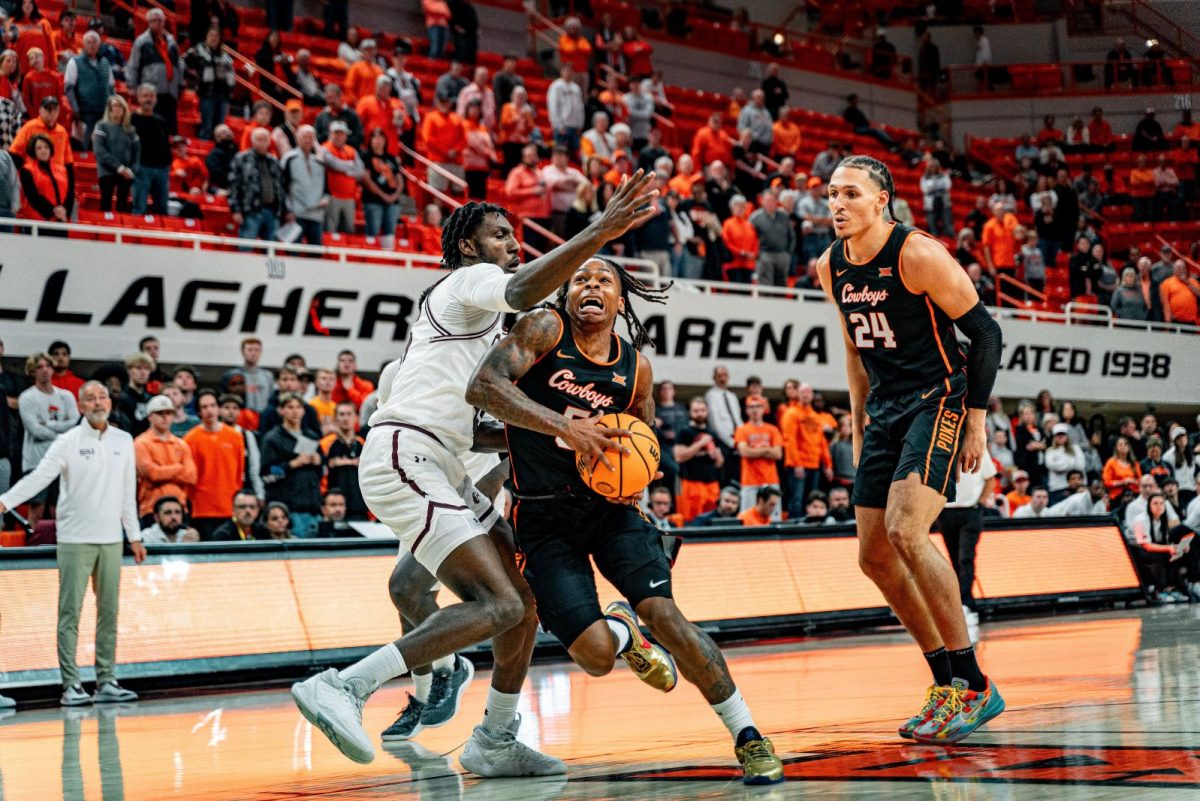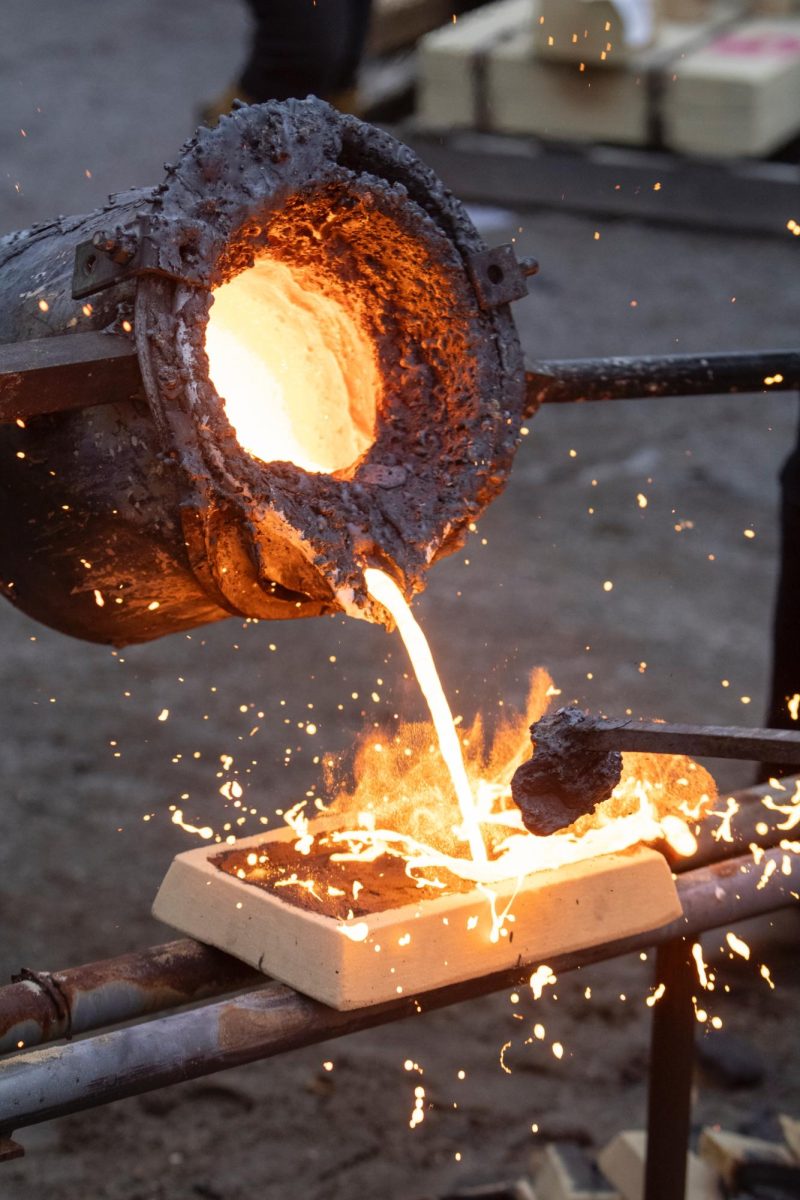If your major is anything within the science field, chances are you have taken a class or two in Life Science II. This building is home to much of SIU’s scientific research and study, where both students and faculty have access to a wide array of resources to continue their academic careers. What you may not know is that it is also home to its fair share of problems, from malfunctioning pipes to collapsed ceilings that could very well cause a serious problem for the building, years of research and the people in it.
Walking through the halls of LSII, you might notice something feels off, but can’t quite place what. The air feels hotter than it should be or the building seems to be making just a bit too much noise. Truth is the problem lies all around the building: the pipes.
Those that run underneath LSII are old and haven’t been fully replaced in years despite the need for a change as the summer heat has been slowly but surely expanding the metal, causing all sorts of problems for the building.
Advertisement
The most common issue when it comes to expanding pipes are leaks. The most susceptible area is the basement where a lot of machinery lies that requires a consistent water supply. In the past three months alone, the basement has experienced a constant, heavy leak that was only recently fixed properly. The leak was so bad it would completely fill up a full sized trash can within the span of 12 hours and needed to be dumped out twice a day to prevent overflow.
“FEM [Facilities and Energy Management] has said they can’t stand fixing LSII because it has so many issues that they view the building as the problem child of SIU,” said one faculty member from the building (who asked not to be identified).
Recently, a portion of the pipes in the hallway of LSII burst and caused a significant amount of damage, leaving half of the hallway flooded as two ceiling tiles collapsed and an indoor waterfall became the new attraction to the building.
If it wasn’t for the warning of the maintenance men who were working to fix what they could, I would still be sneezing ceiling tile debris as a third ceiling tile fell down almost right on top of my head observing the leak.
These leaks not only cause ceilings to eventually collapse, but the buildup of water can lead to mold growing from the wet environment. A few small patches of it have crept up into the corners of the hall on the ceiling near the trash cans.
“I always walk down the hallway between LSII and LSIII and see these dark speckled patches on the ceiling. Looks exactly like the mold I’ve seen in the dorm,” said a student lab worker.
Other smaller leaks have also been observed throughout the building, but the basement is where most of the damage lies.
Advertisement*
Another such issue in the basement are the rising temperatures of the floor due to the old pipes malfunctioning. There are portions of the floor that reached 125°F over the winter. That portion is located next to important research data, the loss of which would be detrimental to multiple science departments at SIU.
“You touch the floor, you get burned. There’s no way that’s safe,” the LSII faculty member said.
The issue of hot flooring has been ongoing for around two months now and no action has been taken to fix the problem. When asked to do repairs, FEM said there is asbestos lining the pipes hindering crews’ ability to break through the floor. This, however, will worsen exponentially if the heat continues to stay at such high temperatures.
Instead of dealing with asbestos exposure in a controlled environment with proper gear, repair crews could be facing another burst pipe, which would release asbestos without warning and endanger the occupants of the building.
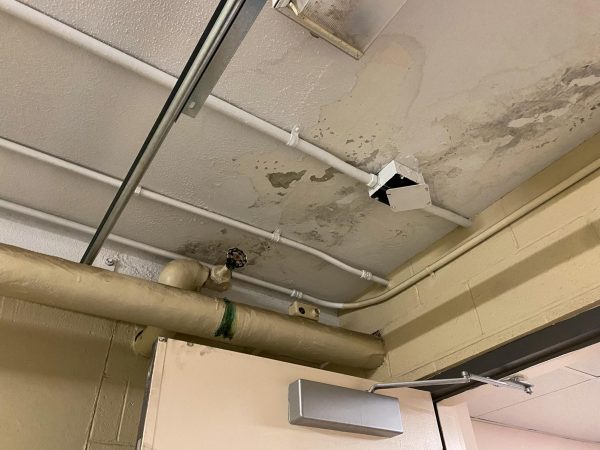
Another scenario SIU could be facing is the possibility of a fire starting due to the heat. Although unlikely, asbestos can burn given the right conditions and the temperature of the pipes is much hotter than the floor, much higher than the previous temperatures recorded.
LSII has many labs throughout the building that contain a surplus amount of chemicals, many of which are flammable. This combined with an asbestos-started fire would leave the building in flames in seconds. A chemical fire at that magnitude would be a devastating loss for SIU.
The best course of action for SIU to take is replacing the pipes from the ground up to not only save the building, but the years of research and money that went into the history of LSII. The fall of LSII can be prevented, and acting before its condition worsens is the key to keeping an irreplaceable part of SIU intact.
Staff reporter and photographer Mo Collar is a lab worker at LSII and can be reached at [email protected] or on Instagram @m0.alexander.
Advertisement



